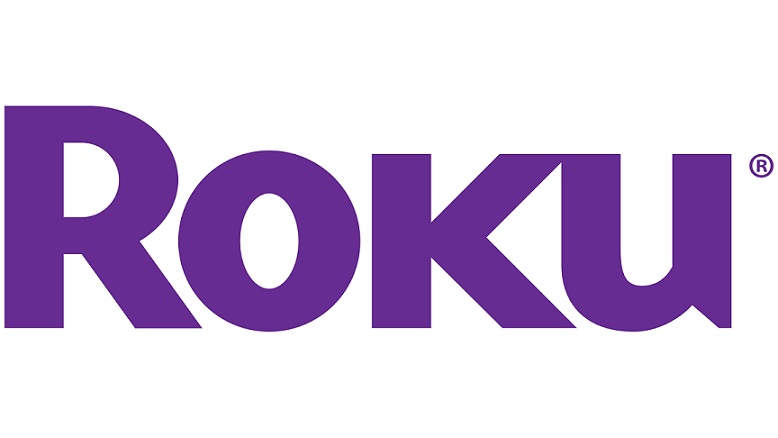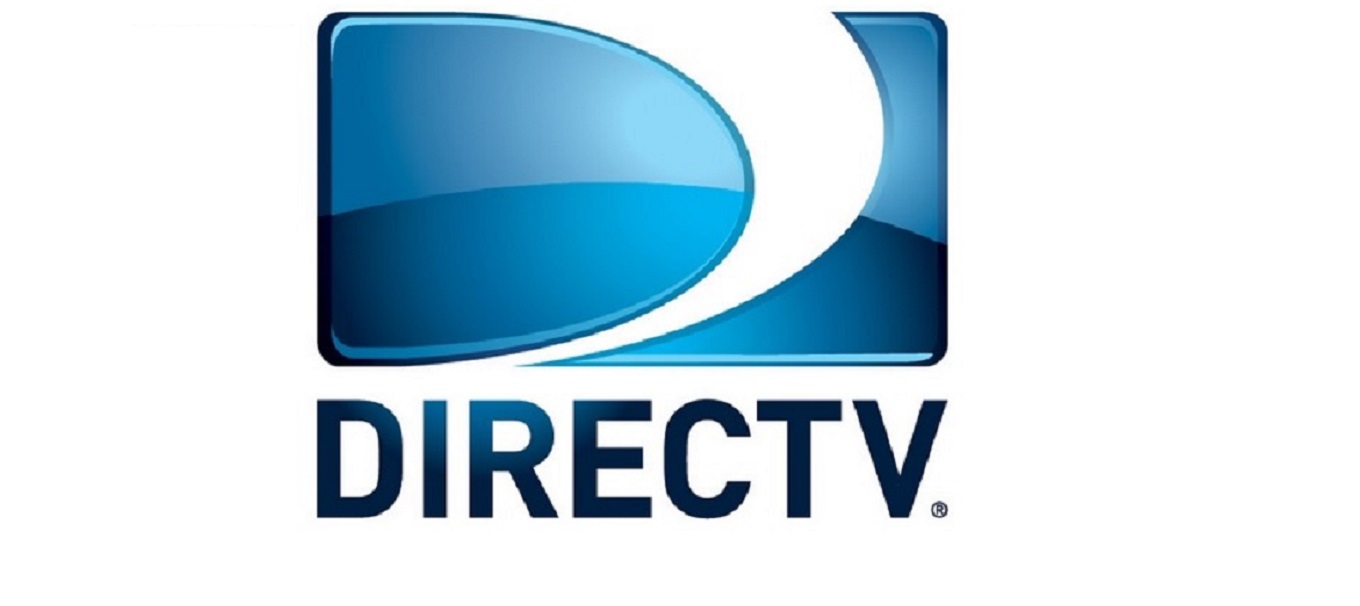2015 is shaping up to be the year of the set top box. But while it is quite clear what a Roku is and what Apple TV and the Amazon Fire TV are there is a lot of consumer confusion about what Android TV is. The confusion is borne from a misunderstanding of the difference between an actual product line and a platform along with the fact that Android’s mobile OS is utilized by a number of other devices.
Android TV is a platform (Example The Nexus Player)
First of all Android TV is not a device. Unlike Apple TV, which is an actual physical set top box (or to be more technical a single use PC) with streaming apps Android TV is essentially just a program or launcher that has been designed to be distributed across multiple platforms. It can be downloaded from the Google Play Store for free here. It features a

flashy and easy to navigate menu for its supported app, Voice search for Google Play related content and support for Android video games. The first device to launch with Android TV as its front end launcher (what the user sees when the device loads) was the Google Nexus Player from Asus. But the key is that the device is not a Google device, it is an Asus device just like the Transformer Tablet or a Laptop. There are a number of other devices around the corner that will support the Android TV Platform including the Nvidia Shield game console which was announced at CES in January. A new line of Sony Smart TV’s will also utilize the Platform. Google does not make set-top boxes. It allows its software to be licensed.
Set-top boxes that use Android (Examples Minix Neo X8 Plus, Armada Mach 8 Android, and G-Box Q)

Now here is where things get muddled. There are any number of set-top boxes on the market that run on the more traditional Android operating system. And often these boxes are refereed to as “Android TV boxes” At this point most of these boxes run a variation of Android 4.4. which is meant for mobile devices. In many cases these boxes operate on a direct port of the mobile OS. This can be tricky to deal with because they are designed to interact with a touch screen and not a remote control. These boxes do not have native TV apps and instead really on apps from the Google Play store. They often require a remote with mouse capabilites or even a wireless keyboard to unlock their full potential. And most importantly because the majority of these boxes do not utilize Android 5.0 or lollypop they are incapable of

using the Android TV launcher. In the absence of an official native TV launcher companies like Armada, Minix and Matricom have developed their own stylized launchers to help users navigate Android in a TV centered environment. These devices though are not “Android TV boxes”. They are set-top boxes with a port of Android. In fact the same hardware can often utilize other software such as Linux.
Google TV
Google TV is an entirely different animal. Google TV was the company’s first platform for the living room. It famously failed to gain traction despite being available on a number a number of failed set-top boxes and smart TV’s. Now and then you will find a Google TV based device on sale at an electronics store and of course Amazon. Buyer beware though. Most of these devices have very limited support from Google, the manufacturers and app developers. But again as with the Android powered set-top boxes A device that uses the Google TV system also does not run “Android TV” Android TV in fact was Google’s way of running from the failed platform through a re-branding effort. We took a look at that effort when it was announced see the story here.






